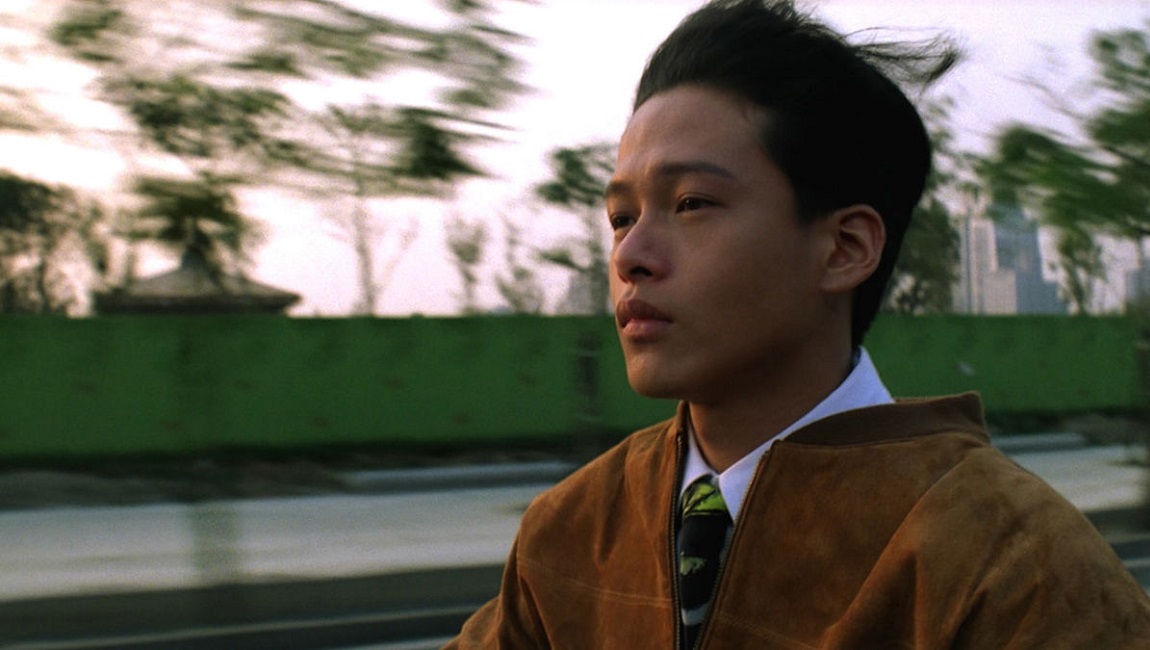
One of cinema’s most quietly devastating sequences occurs at the end of Tsai Ming-liang’s Golden Bear-winning sophomore feature Vive l’amour, which first hit cinema screens 30 years ago today. It’s a scene that stretches on without a single word uttered for its entire 10 minute run, as actress Yang Kue-mei walks through Taipei’s Daan park at the break of dawn, before settling on a bench, taking out a cigarette, and beginning to cry. “The notes I gave her were very simple”, the filmmaker tells me. “’You’re completely lost, you don’t know where to go, you don’t know who you are, and all you can do is walk.’ I said we had 10 minutes worth of film stock left, and that the time and space within that 10 minutes was hers to cry however she wanted to. She channelled all of her anxiety, and she went for it.”
It’s hard to talk about one Tsai Ming-liang film without considering all of them. From his debut Rebels of the Neon God all the way through to his most recent feature length Days, his films, though stylistically more varied than one might initially think, seem to embody one singular, pulsing consciousness. This is true whether the film in question is a dystopian musical (The Hole), an all-in-one-night movie set entirely during a screening of King Hu’s Dragon Inn (Goodbye Dragon Inn), or Vive l’amour, a deathly quiet film about three lonely denizens of a rapidly developing Taipei who unknowingly find themselves sharing a vacant high-rise apartment. His films are continuous reflections of himself and those he observes around him—patient, painful meditations on the increasing alienation of a species (ours) who have evolved the ability not only to yearn, but to recognise our own yearning and feel empty as a result of the never-ending chase.
The walls talk in Tsai’s films, but nowhere else do they make themselves heard like in Vive l’amour, in which enclosed spaces, crumbling ceilings, bed springs and water leaks become symbols of the inner worlds of its isolated central characters, comprised of a young salaryman (Tsai’s muse Lee Kang-sheng), a real estate agent (Kue-mei) and a street vendor (Chen Chao-jung). His obsession with the environment’s impact on the spirit becomes even more apparent when talking to Tsai, who throughout our conversation keeps returning to the theme. He tells me about his childhood finding solace inside small utility closets and mosquito nets, and how the aforementioned final scene in Vive was originally entirely different in tone, until he realised that the lush green park they were planning to shoot in would be undergoing construction. “I decided to change the ending to something more pessimistic”, he says. “To reflect the chaotic, artificial nature of the space we were dealing with.”
Three decades later, and that breathtaking final scene has found resonance with a younger generation of filmgoers, with Taiwanese university students going so far as to arrange community gatherings at Daan on New Years eve, in ritualistic tribute to Vive. Tsai smiles at the thought. “Instead of celebrating with joy, events, parties, drinking, they decided, instead, to gather there and cry, like Yang Kue-mei…we would love to make it an annual tradition.”
Below, the director reflects on 30 years of Vive l’amour, touching on his most common themes and his evolution as a filmmaker in the process.
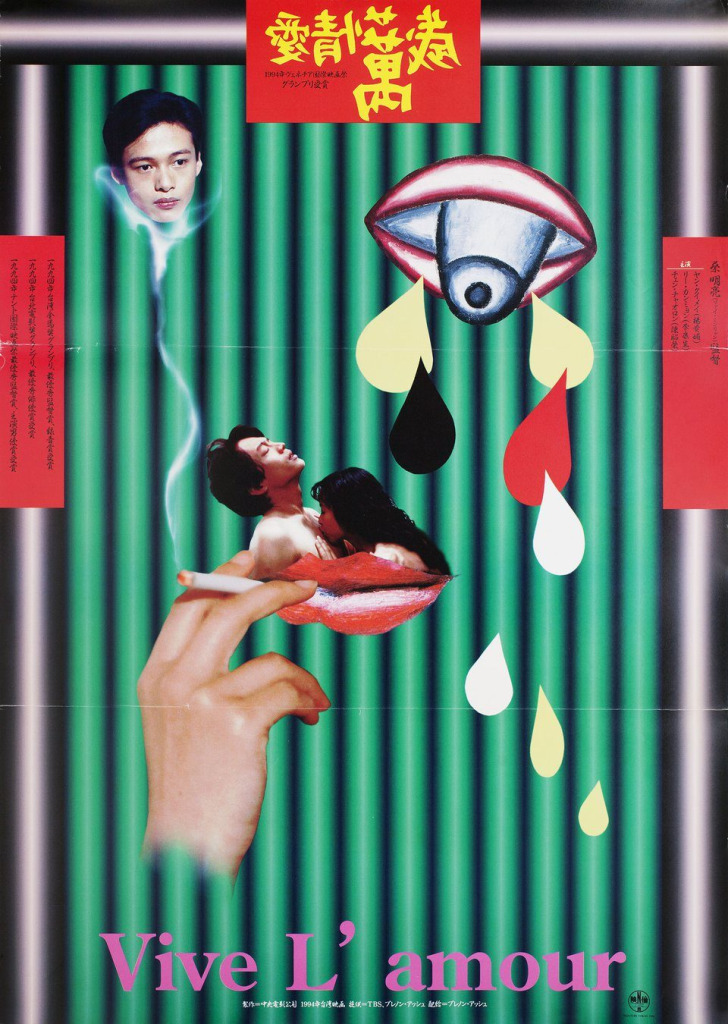
On 30 years of Vive l’amour:
The conception of the film had a lot to do with what I personally was experiencing in my daily life at the time, insofar as I wanted to make something that examined the loneliness of the urban nights in Taipei. It’s interesting, though, because at the beginning of 2024, as a new year’s celebration in Taipei, a community of university students actually initiated a movement on social media to gather around Daan park, where Yang Kue-mei’s character has her famous crying scene in the movie. It turns out that over a hundred complete strangers came together on the New Year to celebrate the movie. Instead of celebrating with joy, events, parties, drinking, they decided, instead, to gather there and cry, like Yang Kue-mei. They’re using crying as a way to bring in the New Year. It was such a great success that we’re thinking we would love to make it an annual tradition. I feel very appreciated and am very happy that people are still discussing my movies, even though I’ve evolved into a totally new director from the one I was when I first released Vive l’amour 30 years ago.
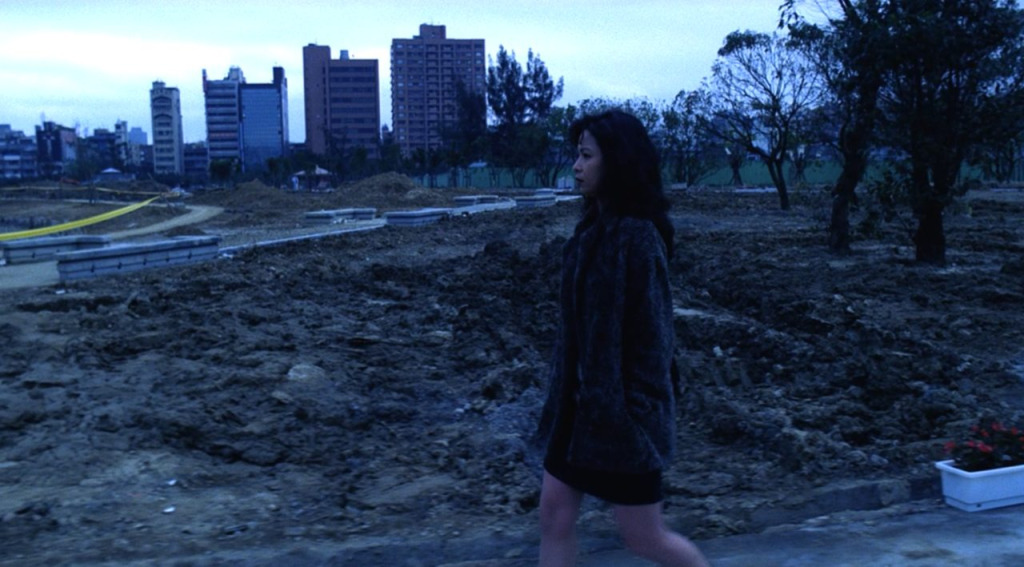
On style
Filmmaking is an individualised process. I’m only ever making films that I want to make. I am not one that will be dictated, or have marketability come to mind as I am conceiving and shooting. I knew this early on, and so I had the blueprint for my first, second and third films before I had even released Rebels of the Neon God. I need to capture my own lived experiences, my own feelings, and my films are a visual diary of my growth as a human being. Rebels of the Neon God is about the aimless years of youth, Vive l’amour is even further about the search for self-actualisation. If Rebels was about realism, Vive l’amour was more about symbolism. When I make films I’m not so much using it to make a statement on the evolution of filmmaking itself, or the form, I’m thinking about how I can evolve. I evolved into using cinematic language in a more metaphorical way. How does one apartment impact the lives of these three different individuals? How does the environment interact and influence the inner world of a character? How does it influence the idea of loneliness? So that’s very much a process of illusion for me, to find different ways of expressing each film, although there’s a certain continuity in terms of the team that I work with, and the themes themselves.
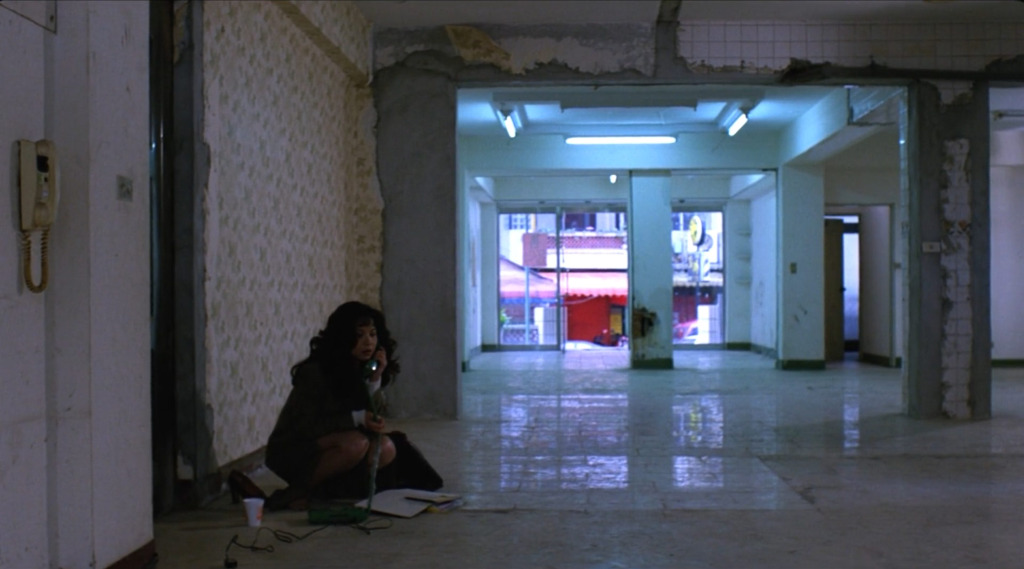
On structures, places and spaces
I was brought up by my grandparents from my mother’s side. My grandfather would go to work very early, and my grandmother would sleep until 11am. So as a young boy, for several hours in the morning I would have free reign of the house, and I would have to find my own place there. I used to hide in this big closet with all the different storage units and appliances. I found a strange sense of comfort and joy playing by myself in this enclosed space. Later on, I lived with my father, and I started to discover this particular space within a mosquito net. I would put my grandfather’s picture outside the net, and I would think about him, I would miss him, and conjure up imaginary trips that I would take with him. I was consoling myself of this sense of abandonment and loneliness, and that small mosquito net became a home for those emotions. I would tie those emotions to the same kind of tiny, enclosed spaces you see in my films.
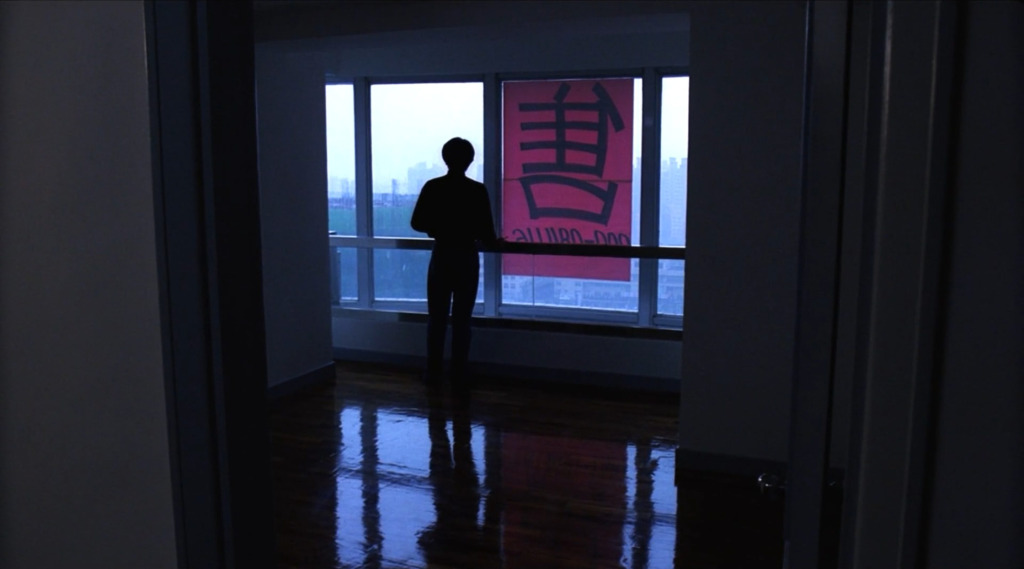
When I moved to Taiwan for college and to start working, I lived on my own and would have to deal with the very real issue of leaks and flooding, and I would have to deal with the aftermath. Those years gave me an awareness of how space is impacted by emotion, and vice versa—about how the external and the internal meet. Also, academically speaking, my background is in theatre, and theatre is all about space. A lot of that influence found its way to Vive l’amour.
On Lee Kang-sheng
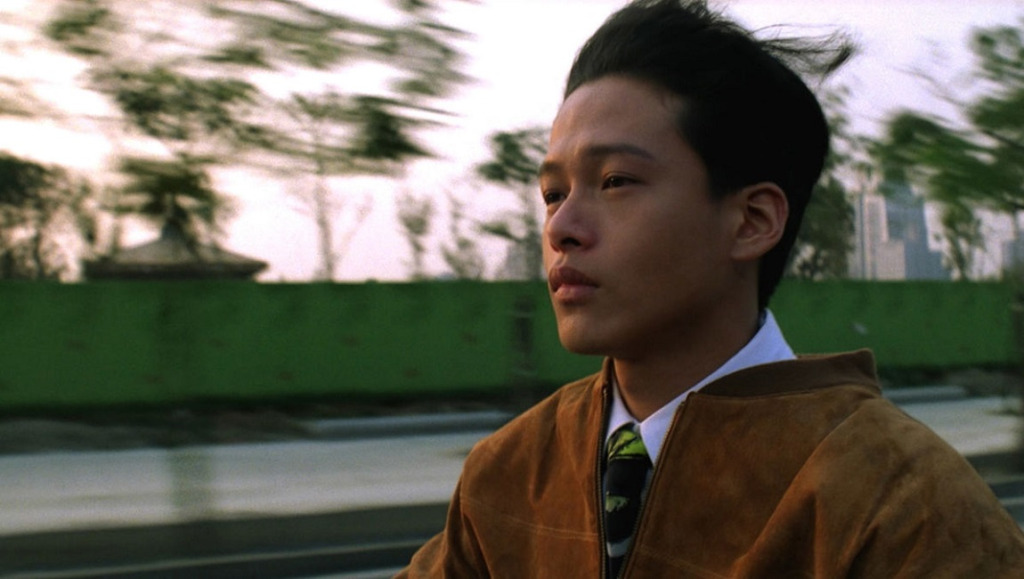
Lee Kang-sheng wasn’t just a character in the film. He was someone I had met beforehand that had always fascinated me. There’s an eleven year age gap between us, and I always found it fascinating observing him as a person, even in his quietest moments, and so it always felt natural to bring him to the screen and observe him as a character as well. Rebels of the Neon God is very much based on my observations of Lee Kang-sheng’s family dynamics and his personal life. I continued to observe his constant search to find himself, to find meaning in his life, to define himself, and translated that to the screen too, in the form of Vive l’amour. It so happened that he began dealing with an illness and ailment around his neck, and that became the impetus of my third film, The River. My relationship with him is such that my observations of him directly inform the movie I end up making.

On Vive l’amour’s ending
The ending of the film is very different from what was originally scripted. Though I always had a very clear idea that this film must end at Daan Park, the emotions and state of mind of the character are worlds apart. At the time, the park was going through a transformation from a residents enclave and housing project to a massive inner city park. Somehow the development project got delayed, and when we decided to shoot that last scene, the park itself wasn’t quite ready. It was in a state of limbo. You could still see the construction.
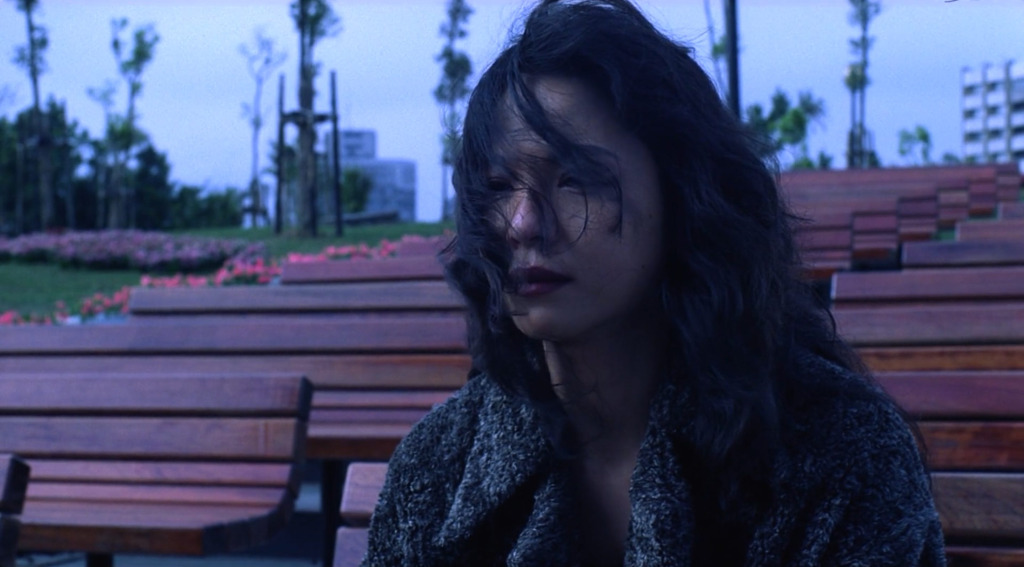
In the original script’s ending, the character was more hopeful. She would see the world as opening up for her, and she’d be walking through this lush green park filled with optimism about her life. Because the park wasn’t ready, and was filled with construction equipment, I decided to change the ending to something more pessimistic, to reflect the more chaotic, artificial nature of the space we were dealing with.
There’s something about what has changed and what has remained unchanged that has resulted in the ending of Vive l’amour still resonating with the younger generation of 2024. They dream of their futures, but they realise it’s unrealistic to pursue those particular dreams. Their pain isn’t dissimilar to the kind May Lin is reckoning with at the end of the film. On the one hand, it’s validating to see the continued resonance of the film, and on the other hand, it’s bittersweet to know that the same issues I touch on in the film are still plaguing us after 30 years.
On Yang Kue-mei
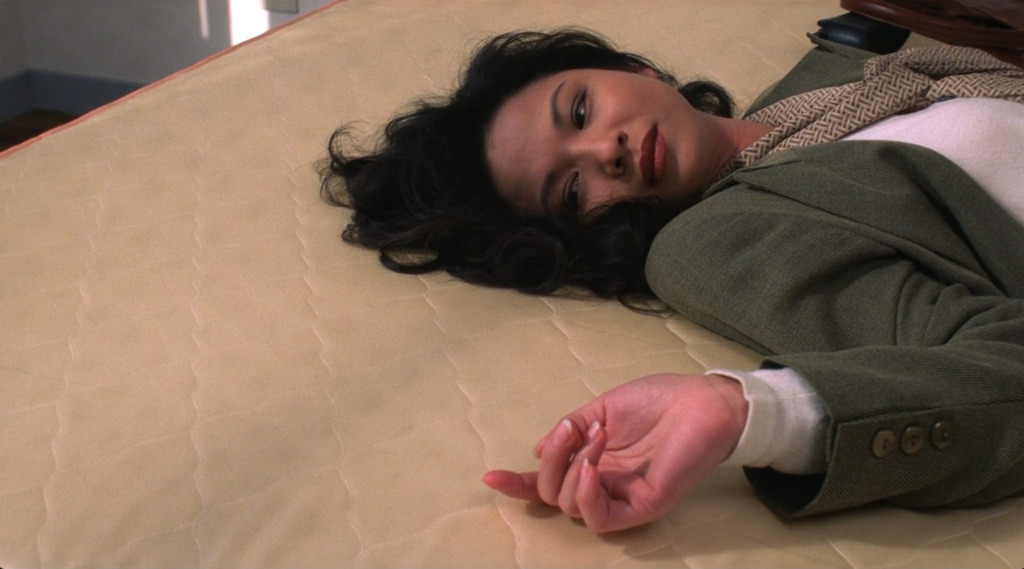
Yang kue-mei was already a seasoned actress at the time, so it was a completely unique collaboration for both of us. It wasn’t something she was used to, having a script this minimal, having barely any details of the characters in the movie for her to bounce off of or embody. I communicated very little to her about the ending. I was a relatively new director, so there was a distance between myself and the actors. Actually, that’s usually how I work as a director. It was all very uncertain for her, and the film demanded uncertainty in that moment. She had to feel uncomfortable, and lost, and anxious in order for her to react to the environment in the appropriate way. The notes I gave her were very simple: you’re completely lost, you don’t know where to go, you don’t know who you are, and all you can do is walk. I said we had 10 minutes worth of film stock left, and that the time and space within that time was hers: to cry however she wanted to. She channeled all of her anxiety, and she went for it. When I finally said “cut” I went over and gave her a hug, and she looked over at me and said “that’s it? That’s how you’re going to end the film?” [laughs]. This was a person who had experienced the pain of living. I cast it because of her age and her experience. She did a wonderful job bringing that character to life.
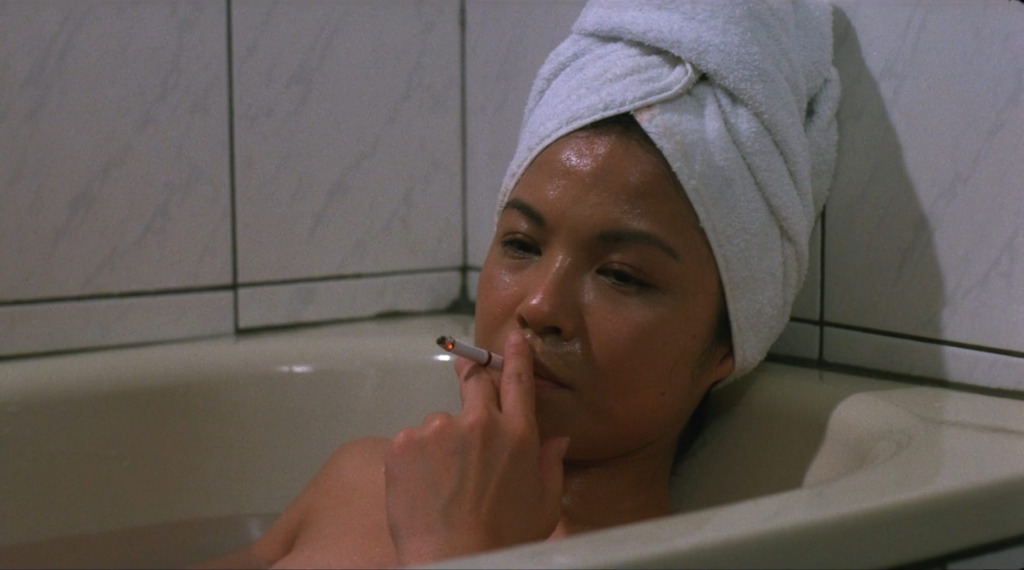
On Taipei
I came to Taipei about 10 years before making Vive l’amour, and now, I’ve been here for more than 40 years. At the time, I was at the height of my creative expression and productivity, but the city provided me a sharp contrast and relief from my upbringing in Kuching, Malaysia, which is a much smaller city with a completely different tempo. Because of the contrast, I had a better sensibility as an observer of the city. It was a time of construction, development, and a booming housing market. It was a time of rapid transformation, and as an outsider, it’s something I was acutely aware of, more so than the average Taipei resident. I felt drawn to the horde of empty buildings and apartments in the city during that period, and it made me wonder what kind of emotional impact that large scale rapid development would have on the individual of whom it was closing in on.

The city has changed so much since then. When I made Vive l’amour, I didn’t believe that I belonged anywhere, but now that I’m getting older, this sense of belonging is growing stronger in me. I’m growing more stabilised. I’m not so much of an outsider anymore. I’m integrated. At the same time, right now, I’ve chosen to live in the outskirts of Taipei, high up in the mountains. There are few other areas I visit often. There are a lot of new satellite cities in Taipei that I’m unfamiliar with. So I’m looking to rediscover Taipei once again, and hopefully incorporate it into my creative expression going forward.
On voyeurism and sex on screen
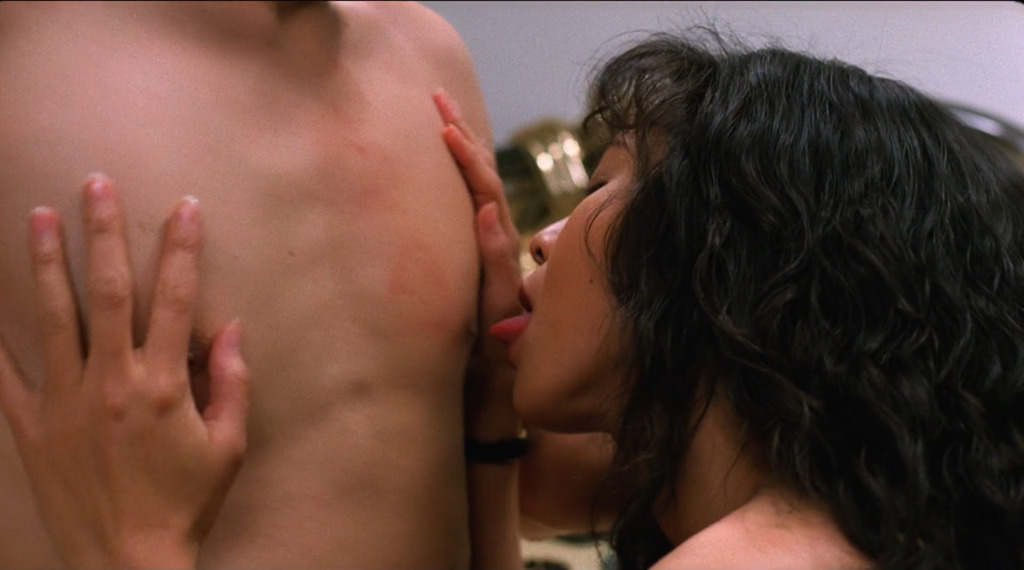
It’s about expressing the primal need of all of us human beings. Whether or not it’s something that happens on the bed or under the bed [as in Vive l’amour], these are the actions that humans make instinctually, animalistically. As a younger director at the time, my treatment of sex wasn’t to make it look like a joyful occasion, beautifully shot…for me, it needed to be rougher, and to contain a sense of defeat. This changed during What Time is it There? There’s a particular encounter between two female characters, and it seems like a sex scene should happen between them, but for some reason I felt it was right to remove their sex scene from the screen and from the eyes of the audience. I have changed in that way, in terms of how I view sex on film.
On modern love

Modernisation has completely changed how we relate to each other, in love, in romance. For the younger generation, it’s becoming more common to think about a domicile way of living. You have your apartment, you focus on your career, there’s a certain quality of life you want to pursue, and there are value systems you must adhere to. I think with all that pre-conceived notion of what it means to be a “successful person”, it has become harder for someone to really connect with love as an unconditional concept. Similarly, Vive l’amour is about the pursuit of happiness at the cost of true romance, true love, and human connection. The sense of loneliness and alienation at the cost of pursuing that elusive “happiness” is now even more prevalent in society, where we want easy access, easy sex, easy love through apps that connect us with each other. Our modern value system has made sex easier but has made love harder. And that’s something that has been there in different iterations, and it’s something that’s still going on right now.
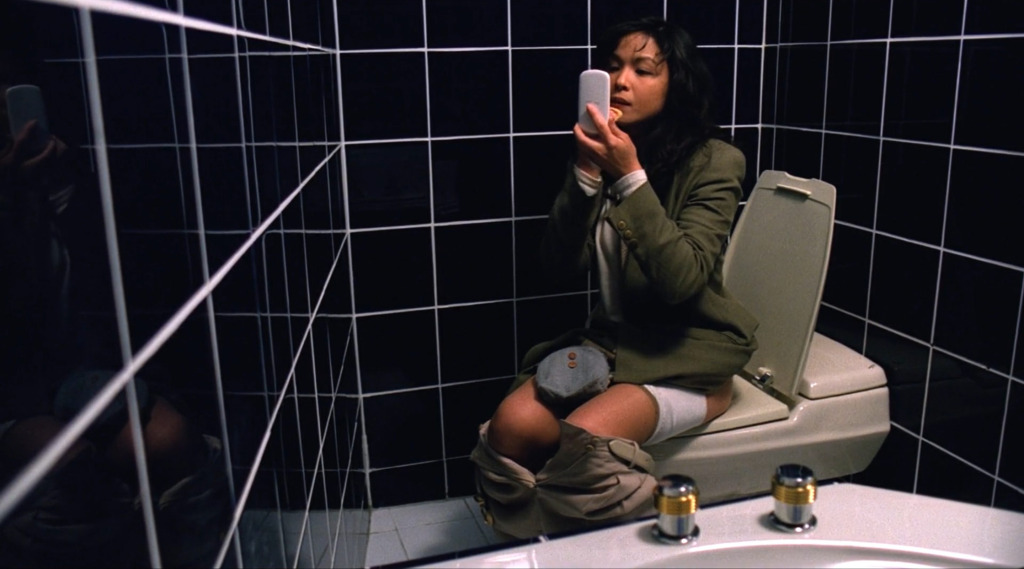
I understand my characters more than I did before, and I think, as their needs and wants have become universal, the audience increasingly do too. What I don’t understand, and still don’t know the solution to, is how we can live our lives in a way that makes love as a concept less complicated and more attainable as human beings. We understand these characters, but we don’t know, yet, how to solve their existentialism around life, love and the search for meaning. There’s an irony in the title Vive l’amour, but i think there’s an affirming quality there, too, as if to say that love is important, and it’s worth striving and suffering for.





